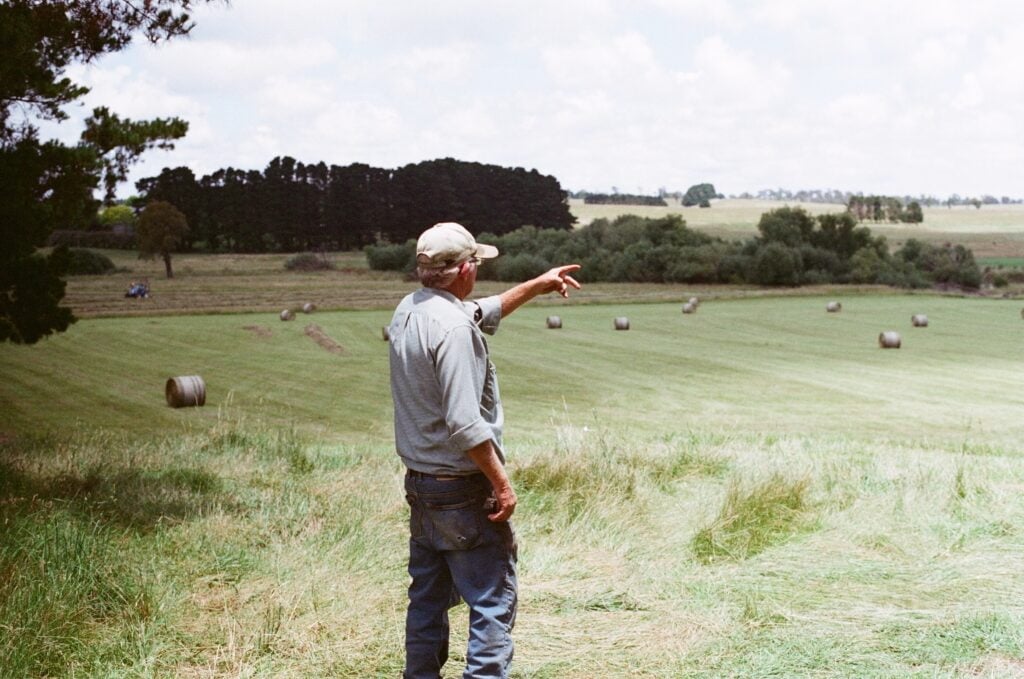
We need to look at ways to further drive innovation in the agricultural sector so that farmers are able to access world-class research, methods, and equipment.
Farming practices
Most agricultural sectors have a Research & Development Corporation which should be encouraged to collaborate more with universities and the CSIRO on activities aligned to the overall objectives of this Plan.
Policy measures:
| Invest in RDC activities to promote adaptation and mitigation strategies | Encourage reforestation (through planting of native vegetation), reduction in land clearing and soil carbon capture (through the use of no-till techniques, planting of native grasses, and other regenerative farming techniques) |
| Encourage the reduction in the use of fertilisers, pesticides and intensive farming practices |
Land management
Policy measures:
| Create a fund for farmers who deliver environment benefits from their land. The easiest mechanism would be to tie the ‘reward’ to carbon capture practices such as reforestation and soil carbon. | Create a levy allowing urban and rural Australians to more fairly share the costs of sustainable land management. |
[Discussion note re levy: the target of this levy is not defined. It has been suggested that it apply to domestic and international produce that do not meet environmental standards, to level the playing field for sustainable agriculture. In some sense, it can be thought of as Medicare for our environment.]
Water management
By 2050 climate change is projected to halve the agricultural output of the Murray-Darling Basin region, but with few exceptions^ water variability is a major cause of concern across the Australian continent. Water licenses, allocations, buy-backs, ‘overland flows’, and environmental flows are all areas of policy needing to be addressed. Important considerations include:
- avoiding ‘market solutions’ to water issues
- factoring into policy decision-making the impact on the health and well-being of rural communities in keeping with the definition of ‘sustainable agriculture’;
- maintaining the environmental health and biodiversity of the river ecosystem across the length and breadth of the Murray-Darling Basin;
- providing town drinking water for our rural and regional communities
- adequate and accurate measurement of water availability and usage
“What this really means is that society is going to have to make some hard choices. How much irrigated agriculture do we want as a society versus how much do we want to retain by way of wetlands and ecosystems [or] of sites of cultural value to Indigenous people?”
Policy measures:
| Undertake a comprehensive water audit of the Murray-Darling Basin | Establish a new Murray-Darling Basin Plan based on up-to-date and more accurate models of water falls, flows, and usage. |
Forestry management
The biggest risk to forestry practices in Australia comes from:
- rises in temperature, particularly at the extremes;
- changes in total rainfall and seasonal rainfall distribution manifesting as changes in soil water availability;
- changes in atmospheric CO2 concentration; and
- increased frequency or intensity of storms or flooding and weather conditions producing large-scale wildfires.
Traditional ‘windows’ for fire management operations such as back-burning and load reduction are narrowing, as drier, hotter winters create hazardous conditions for much of the year.
Policy measures should provide for/encourage:
| Fire management practices including integration of traditional fire management | A national fleet of water bombers (planes & helicopters) to be deployed to wildfires nation-wide on a needs basis at an annual cost of $25 million. |
| Investment in R&D efforts into new plant species and management practices |
Some parts of Australia are expected to receive higher-than-average rainfall as a result of climate change. Others are yet to be impacted by the shifts in rainfall patterns.
Photo by Bec Ritchie on Unsplash
